Experts in all areas of creating and publishing educational content.
Our client reach stretches across five continents, and we cover all segments of educational publishing.
Our projects

Geography and History (Faro)
We translated and edited two levels of this secondary Geography and History textbook from Spanish to English.
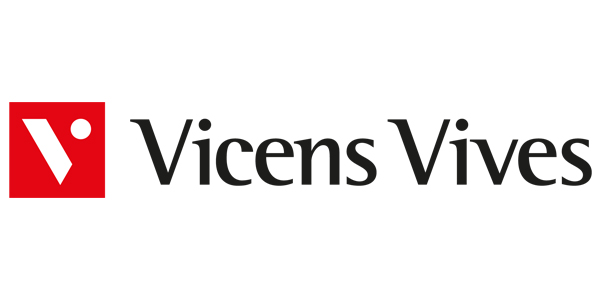

Future Prospects / Exam Prospects
We updated and refreshed the content for this Bachillerato course to meet new requirements for competence evaluation, as well as developed a digital assessment tool.
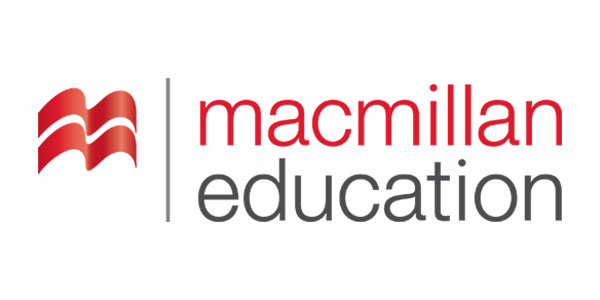

Conscience
We translated from Spanish to American English all of the print components for the English edition of this 9-level Natural Science course, working directly in InDesign.
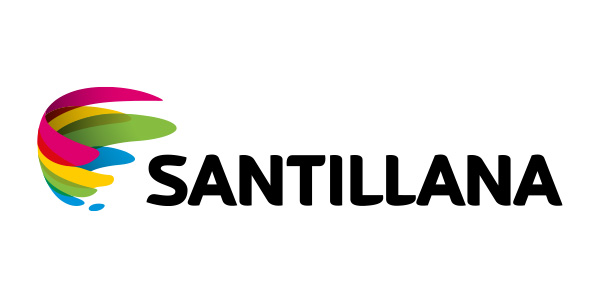
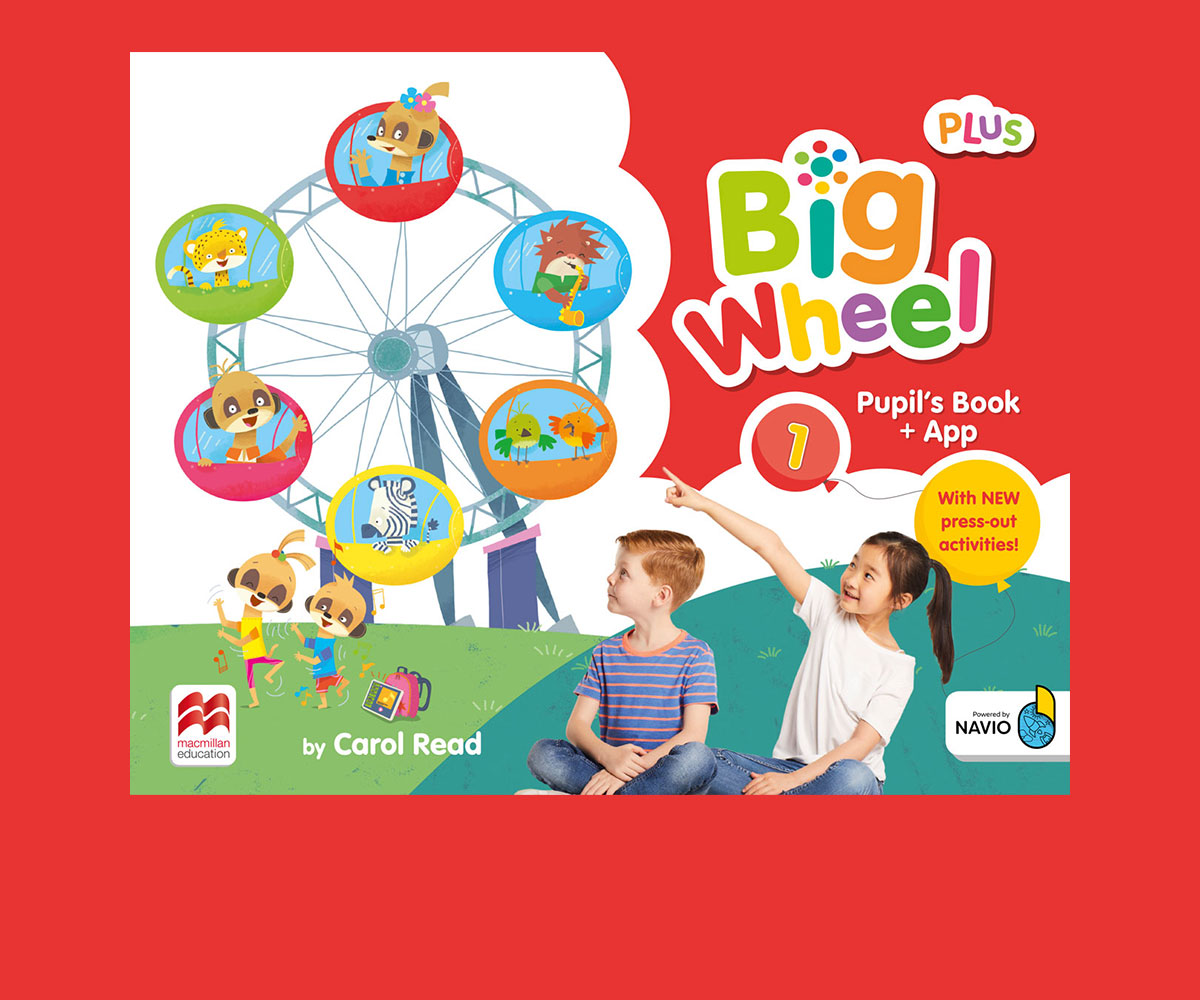
The Wheels
We produced new components including press-outs, a Fun Learning Kit, and a Pupil’s App for this multiversion Pre-Primary course, and reauthored all digital components.


Fly High
We fully adapted a British English Secondary course into an American Edition six-level blended version for the LatAm market.

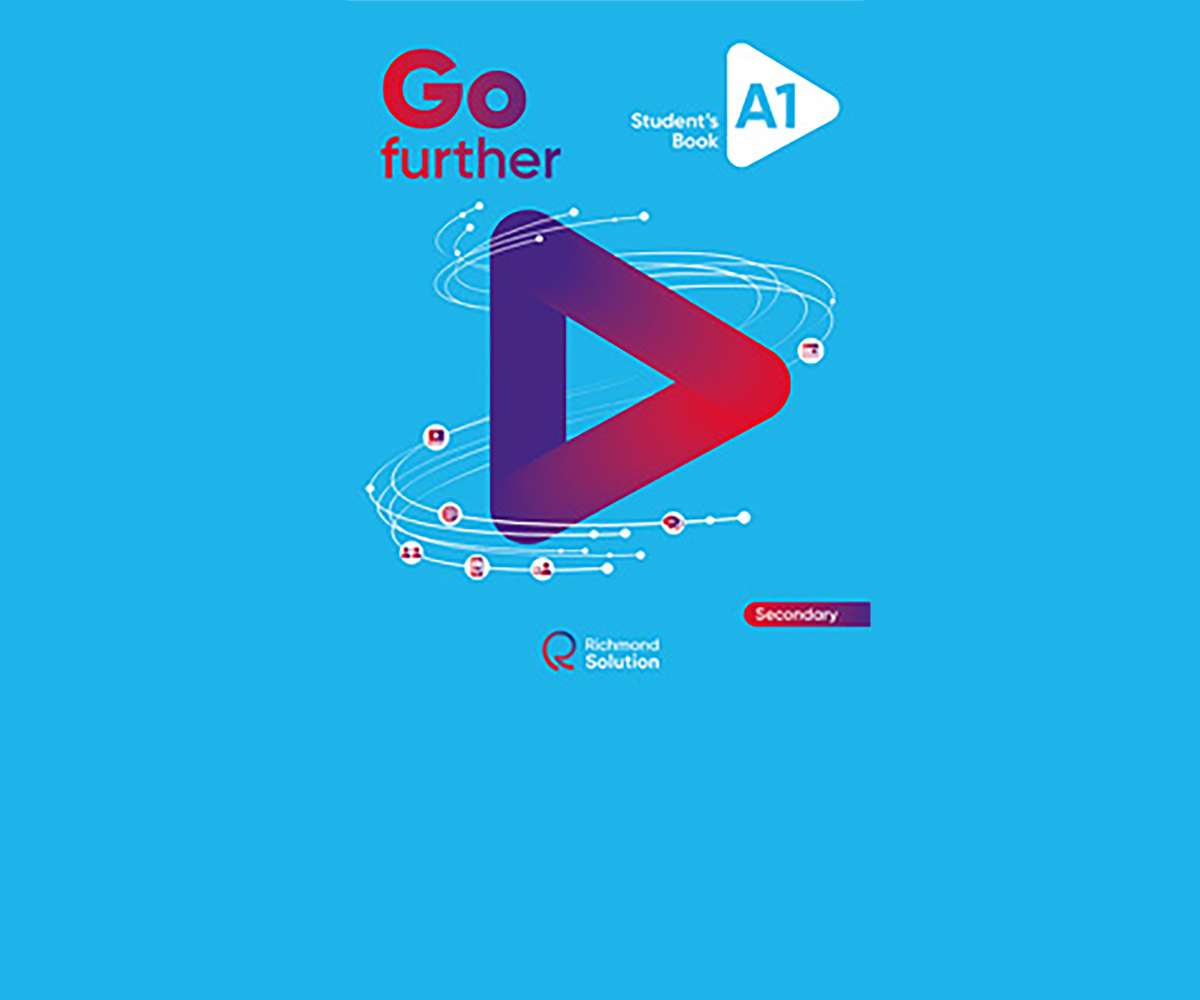
Go Further
We developed two levels of Student’s Books, Workbooks and Teacher’s Books from content authoring to print-ready files, with a flexible entry level for different markets. The print content was also digitized in Avallain.


Active Maths
We translated from Spanish to American English all of the print components for the English edition of this 6-level Primary Maths course, working directly in InDesign.


OUP
We created Class Presentation Tools (CPTs) for teachers with a variety digital resources. Our team handled everything from asset preparation, creation, and build, to thorough release checks.


Imaginarium
We edited and proofread 3 levels of this intensive American English, 12-level program catering for schools that require 15 hours a week of English instruction.
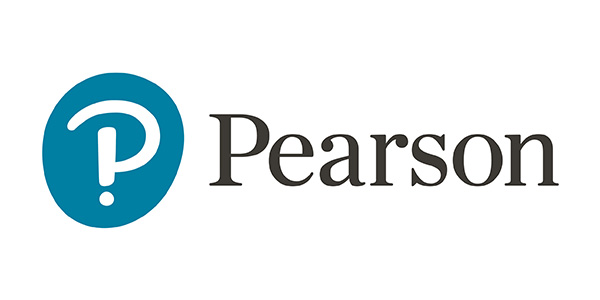

Wall Street English
We created hundreds of digital activities for students, featuring video-based content, in just 12 weeks as part of a huge content revamp project for this global language school chain.
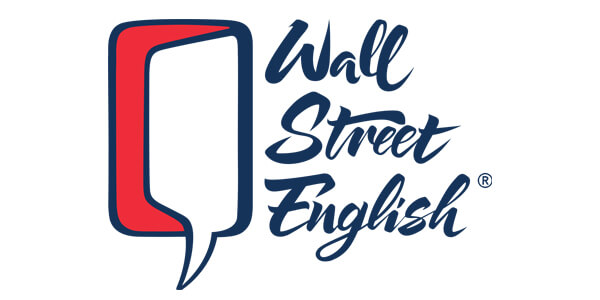

Cyclone
We created a series of PowerPoints for this Geography title presenting the core textbook content in a visual way to increase student engagement and knowledge retention.


Revuela
We translated and adapted Student Books, Teacher’s Resources and the full digital package for secondary Biology & Geology, Geography & History, Physics & Chemistry and Visual Arts.

